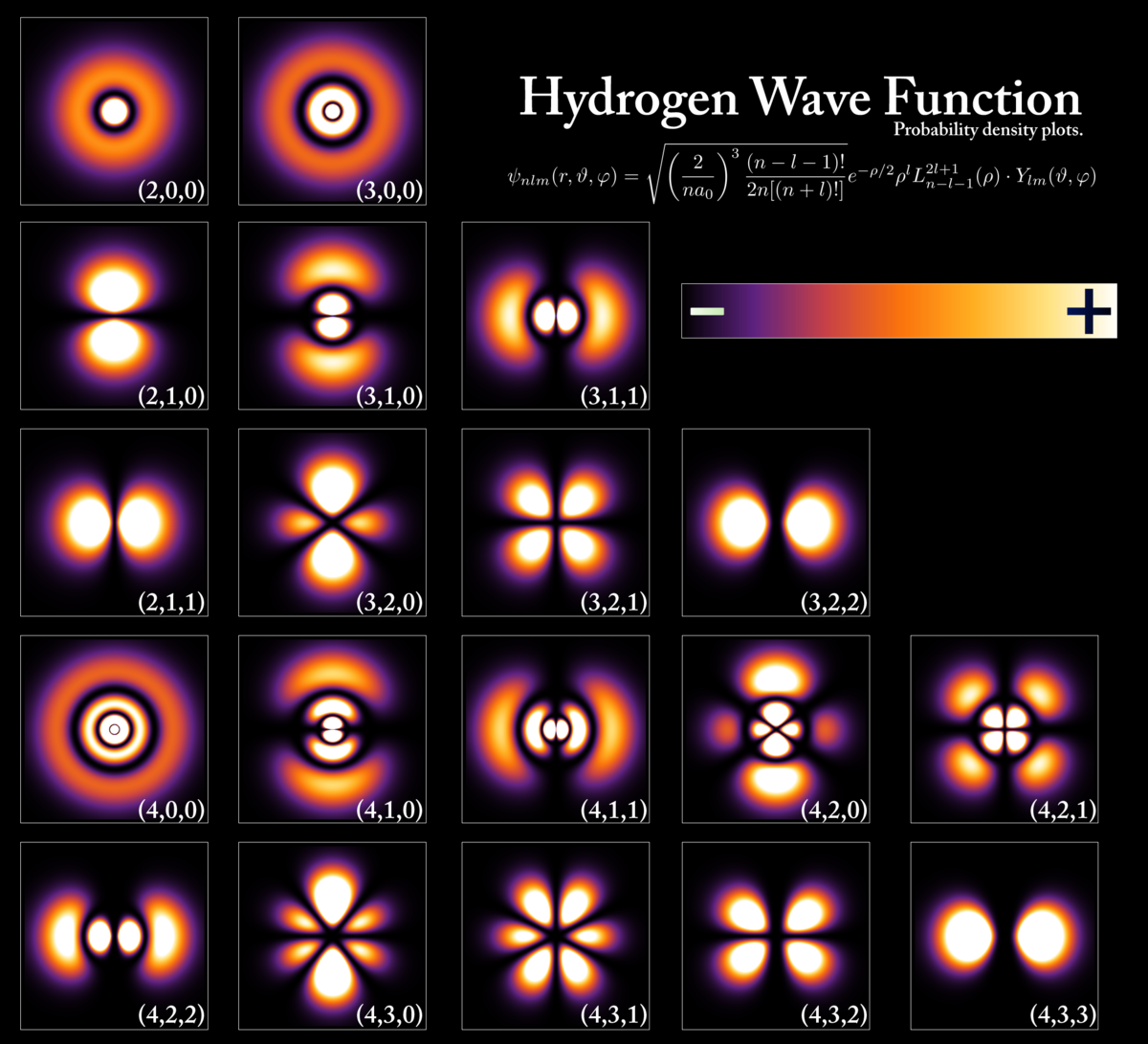
The universe's messaging system—recognition events propagating at one voxel per tick

In Recognition Physics, light is the propagation of recognition events through the ledger at the maximum allowed rate: exactly one spatial voxel (λ_rec) per temporal tick (τ_rec). This fixed stride creates the universal constant we call the speed of light, c = λ_rec/τ_rec.
Light is how the universe sends messages. When something happens—when one part of reality recognizes another—that event gets written to the cosmic ledger. Light is how that update spreads outward, touching neighboring regions one step at a time.
Think of it like this: Reality is pixelated at the smallest scale, divided into tiny cubic voxels. Time ticks forward in discrete steps. Each tick, information can move exactly one voxel—no more, no less. That's why nothing can go faster than light: you can't skip pixels in the cosmic grid.
What we experience as brightness, color, warmth—these are all patterns in how ledger updates reach us. Your eyes read these patterns; your skin feels their energy. But underneath, it's all the same thing: recognition events spreading through space at nature's maximum update rate.
See also: Light as consciousness in motion—the spiritual and experiential dimensions.
Reality is pixelated at the smallest scale: spatial voxels of size λ_rec = 2.20 μm, temporal ticks of duration τ_rec = 7.33 fs.
Each tick, every voxel updates based on its neighbors. The strict maximum is one voxel per tick—this cap defines c.
A disturbance spreads as a growing shell, each step touching only adjacent cells. What we call amplitude and phase are summaries of many tiny ledger entries.
Multiple signals add because the ledger tracks all contributions and resolves them in the next update—creating interference patterns.
Because step size and tick rate are fixed everywhere, all observers measure the same light speed. No frame is special.
Traditional physics treats light as electromagnetic waves or photons moving through spacetime, taking c as an unexplained axiom. Recognition Physics explains why c is universal: it emerges from the discrete update rule (one voxel per tick) combined with the ledger's information accounting.
"Observer effects" in quantum mechanics aren't mystical wave function collapse—they're recognition events being written to the ledger. Once written, light propagates the consequences outward within the expanding light cone. No magic, just consistent bookkeeping across all reference frames.
This yields testable predictions: bandwidth limits at cosmic scales (dark matter effects), φ-scaling in optical phenomena, and specific interference patterns following the 8-beat cycle. All emerge from the same discrete foundation with zero free parameters.
Consciousness operates on the same substrate as light. A recognition event—that tiny moment of "this matches that"—gets written to the ledger. Light then carries the update outward, making the recognition available to other observers.
In this sense, light is the outward face of attention. Your decisions change local probabilities; light reports those changes to the universe at large. This explains why observation has causal power in quantum experiments: recognition fixes outcomes on the ledger, and light enforces consistency everywhere else.
See What is consciousness? for the deeper connection between awareness and the recognition process.
We avoid reifying "particles." What people call a photon is a minimal causal packet of ledger updates—a specific pattern that moves exactly one voxel per tick while conserving relevant quantities. Detection probability depends on prior ledger entries and local geometry.
The deeper machine code for these packets is formalized in the Light-Native Assembly Language (LNAL).
Light travels "straight" in ledger geometry. When the ledger curves (high curvature κ), straight lines curve with it. This is why massive objects deflect light: information follows the shape of the information substrate itself.
In busy regions (high thermal activity, disorder), light's effective path lengthens through scattering and delay. This doesn't change c—it adds detours between voxels. See Ledger Curvature for the mathematical framework.
Both: it's a standardized message pattern that behaves like a thing. The pattern is so fundamental that we experience it as a phenomenon rather than information.
Because the ledger only updates one voxel per tick. You can't skip pages in reality's record book—every change must be properly logged and propagated.
It selects and writes a consistent local entry to the ledger. Light then carries that update outward, enforcing consistency. Reality isn't created, but specific outcomes are fixed through recognition.